A Quick Guide for New Dog Owners! Including Tips, Resources and my Top Recommended Products.
7 min Read
Table of contents
Congratulations on becoming a new dog owner! Being a new dog owner brings responsibilities that perhaps were not considered. It’s not all rainbows and sunshine. Owning a dog can be tough at times. A giant breed will have more cost associated with it than a small breed. This is usually because of food. The American Kennel Club approximates the cost of a giant breed to be about $3300.00 annually and a small breed about $1800.00 annually. Medium breeds fall in the middle. This article will help you get started, avoid problems and save money. Lets get started.
Tip : All my recommended products/companies can be found in my affiliate store.
1. Leashes

A standard 6 foot leash of leather, nylon or biothane material is a great beginning for any new dog owner.
If you chose a leather leash, be sure the ends are braided, not stitched. Leashes with braided ends tend to be more secure and dependable. Leather leashes will also soften over time from the natural oils in your hands. This makes them very comfortable to use.
Another nice leash material is biothane. This material has become more popular in recent years. It is very strong, waterproof and comes in a variety of colors, lengths and widths.
Some new dog owners like to use a retractable leash. These leashes have their place, such as a casual walk in a large area where other people and dogs won’t be impacted. They are not always a good choice for everyday use.
2. Collars
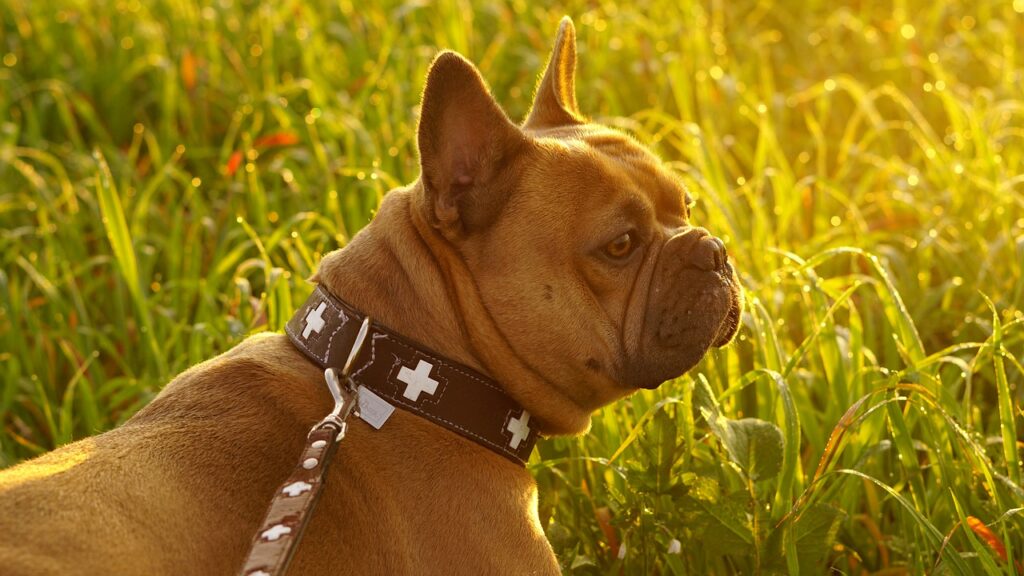
There are a number of collars on the market but one your dog should always have is a standard buckle collar. This collar, with ID attached, can be worn daily by your dog. Be sure to watch the fitting of a buckle collar as your dog grows. Adjusting it as necessary so it does not become too tight. A buckle collar should fit similar to a watch band you might wear.
When it is time for obedience classes and training, there are several collars to choose from. Three common training collars are, the Martingale, the Check Chain, and the Prong collar. If your choice is the prong collar, I highly recommend using only those made by the Herm Sprenger company. Your obedience instructor should be able to help you make a choice and should be able to instruct you properly in the use of these collars.
3. ID Tag
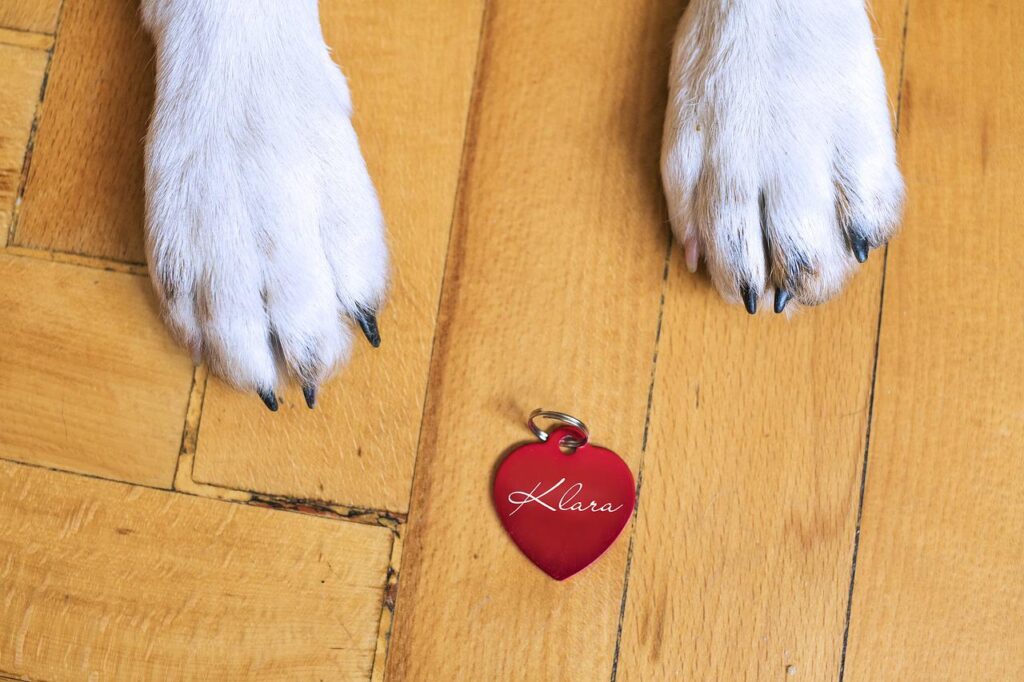
Unforeseen things happen.
The gardener leaves your gate open, your dog gets startled by something, the weather blows open a gate or damages your fence.
Being prepared with an identification tag attached to your dog’s collar is a must for any new dog owner, should your dog become separated from you.
There are a number of ID tags on the market to choose from. From simple plastic ones to metal ones engraved with cute sayings. It is all a matter of taste.
Another good method of identification is having your dog microchipped. This is a simple procedure that your veterinarian can complete. Every new dog owner should have adequate identification on their dog should any accident happen.
4. Food & Water Bowl

There are many bowls available to choose from.
Simple ones and fancy ones. Plastic, ceramic and metal ones.
Some dogs can develop an allergy to their plastic bowls and you may see little bumps or irritation in their chin area. Changing the material of the bowl will many times correct this. If it does not, be sure to make an appointment to visit your dog’s veterinarian.
For metal bowls I recommend those made by Basis Pet. These metal bowls are made in the USA from 18/8 U.S. sourced stainless steel. They are tested for lead, mercury and cadmium and screened for radioactivity. This testing is important as some metal bowls from out of the country have been found to contain these chemicals.
Your dog should always have access to fresh water. Having water available inside and outside is important. If your dog tends to ‘play’ in his outside water dish, there is a small attachment called “Lixit” for your water outlet that will make water available to your dog without much of a mess.
5. Food & Treats

Pet food and treats offer a wide variety of choices.
For food, a good starting point for new dog owners is to choose a food with meat as the first ingredient.
Avoiding foods and treats with added salts, sugars and dyes is a good idea.
Many dogs do well with a beef, chicken or lamb food. But some dogs have allergies to those meats and some grains.
Fortunately there are other protein options, such as fish to choose from. Many times a “try and see” approach is necessary.
For new dog owners a good informational source for food and recalls is dogfoodadvisor.com
Another option for your dog’s diet is to feed a raw diet. If you choose this method, be sure to do your research as it is important to provide the necessary vitamins and minerals that your dog needs.
Treats come in a wide variety of choices also. Small sized treats are good for training.
Again, look for treats without added salts, sugars and dyes.
Always remember that treats are never a substitute for good food.
6. Vaccinations & Checkup
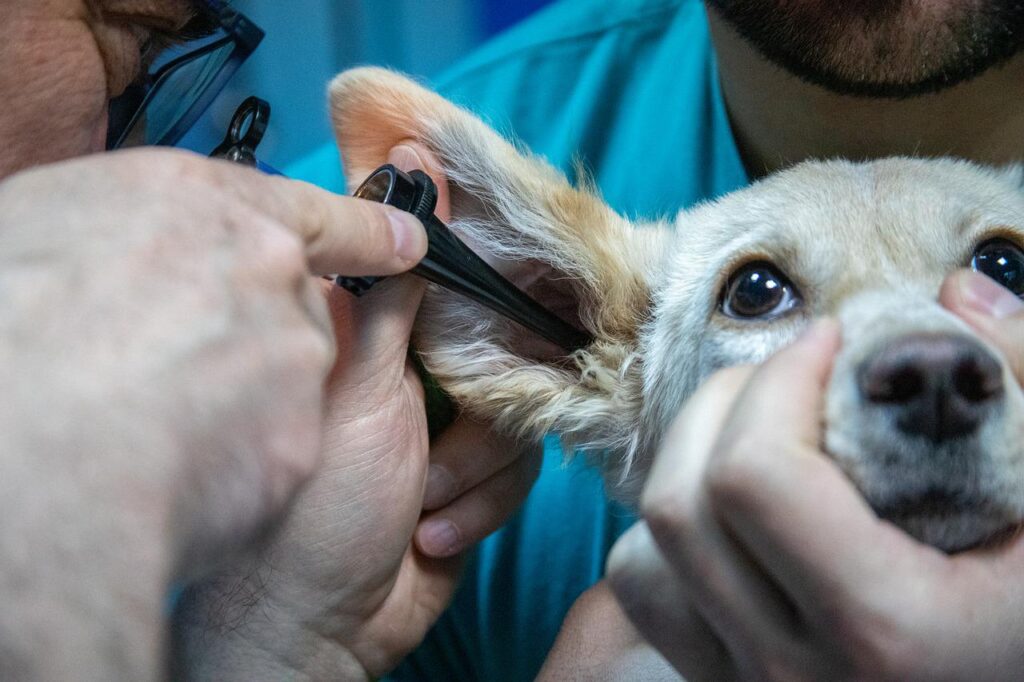
One of the most important relationships a new dog owner will have is the one with your dog’s veterinarian. After you, your veterinarian is your dog’s BFF.
Vaccinations are an important start to a puppy’s life. The first vaccination is usually given at 8 weeks of age. Adult vaccinations are usually given every 3 years. There are several factors involved in vaccinations.
Be sure to discuss your dog’s vaccination schedule with your veterinarian.
Annual check ups are a good way to be sure your pup is healthy and remains that way. It will also give your veterinarian a history to refer to should any health issues arise.
7. Care Accessories

There are a number of additional supplies that you can add for your dog’s needs.
A good brush is a must for any new dog owner. There are many different styles, depending on the type of coat your dog has. Grooming your dog should always be enjoyable for you and your dog. Never harsh. Some owners may find an electric clipper handy if your dog should get a mat in his coat that is too painful to brush out.
Trimming your pup’s nails is important and can be done with nail clippers or a Dremel tool. This can make new dog owners a little nervous. If you are nervous about trimming the nails, ask your veterinarian’s office or a local groomer to show you how to safely do it. It is important to learn where the quick is and not to cut below it.
A gentle shampoo is nice if you will bathe your own dog. Be sure to purchase a shampoo designed for a dog’s coat and never use human shampoo on your dog.
A toothbrush and paste is another important item for your dog. Creating a habit of brushing your dog’s teeth when they are young will help prevent dental issues as your dog ages. Always brush gently and use a toothpaste formulated for dogs. Do not use human toothpaste as most contain fluoride or other additives that are not meant to swallow.
A comfy bed is always a necessity. Some beds are made for dogs with arthritis or joint issues, but many are just material covered and plush. Be sure that the cover is removable and washable as accidents may happen.
And lastly, picking up a good book or two will help you better understand your dog.
8. Safe Toys
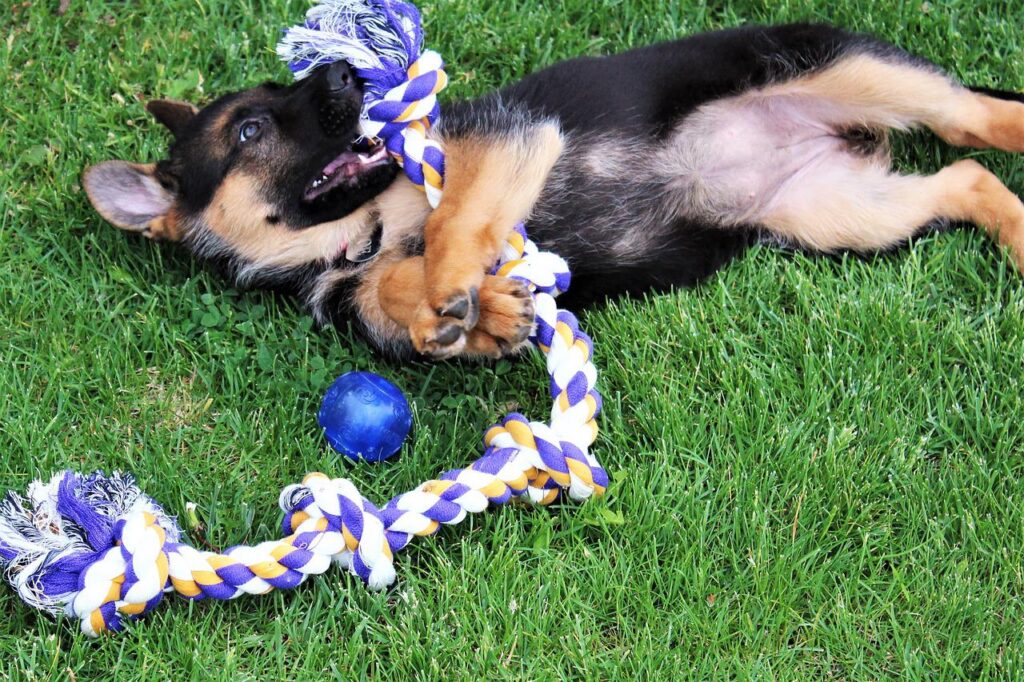
Toys are a wonderful way to interact with your dog and also let the dog entertain himself.
If your dog is a big chewer, soft toys might not be a good choice.
There are a number of chew toys on the market. Be sure the ones you choose are durable for the amount of chewing your dog might do.
Teething puppies will require a variety of textures to chew. I like the “Gumabone” made by the Nylabone company. It has a bit of ‘give’ to it which feels good in the pup’s mouth.
CAUTION : New dog owners should understand that many toys and chews do require your supervision.
Be sure toys do not have sewn on decorations that might be chewed off and swallowed.
Make sure dogs cannot break chew toys and swallow pieces.
9. Exercise

Exercise is a vital part of your dog’s physical and mental health.
For new dog owners and their puppies, a very general rule of thumb is 5 minutes of walking/exercise, twice a day, for every month of life. So a 3 month old pup should receive 15 minutes of exercise, a four month old dog would receive 20 minutes of exercise, and so on. This very general rule would continue until the dog is physically mature, usually between 1 or 2 years of age.
Also, it is important that young dogs not be doing lots of jumping on or off the couch or bed or engage in strenuous exercise until they are finished growing.
Walking your dog and letting them smell lots of things is a great exercise. A dog’s nose is his strongest sense and they learn a lot about the world with their noses.
If your dog has more energy than you do, you can have him wear a backpack on your walks. You can weight it with rocks or water bottles, making sure it is balanced on both sides and not too heavy. A backpack gives your dog something else to think about and can help during daily exercise.
Retrieving a ball or Frisbee is another good way to exercise your dog.
When the weather is questionable , you can mentally exercise your dog indoors. Hide and seek is a great way to tire out your pup. There are a number of other games that can mentally exercise your dog and can be found with a simple internet search.
10. Dog Training & Socialization
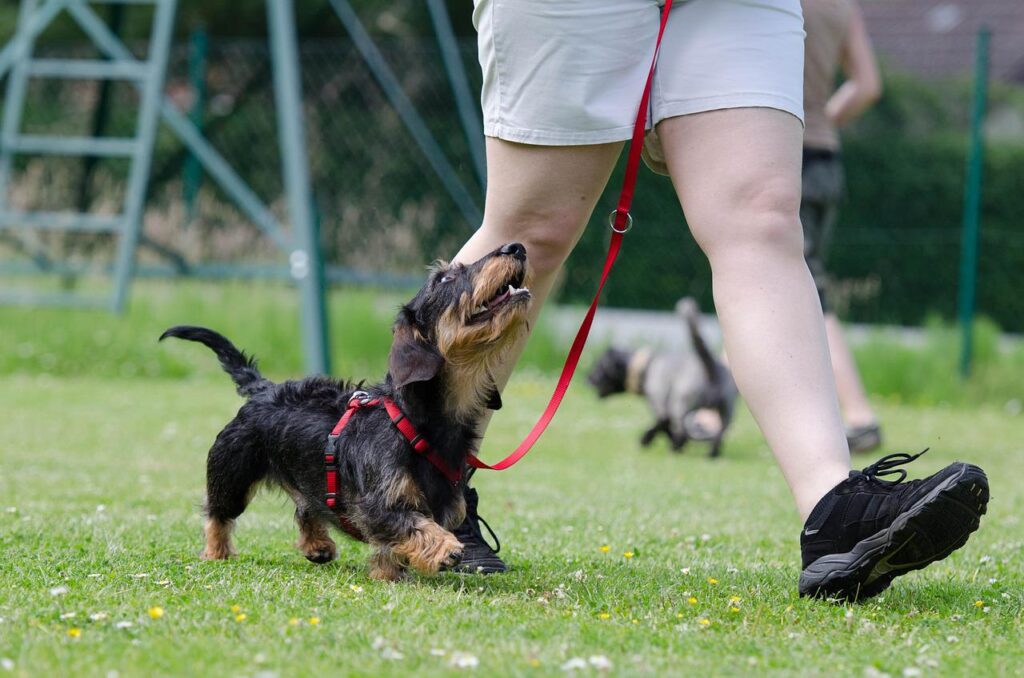
A well mannered dog is a pleasure to be around. Training and socialization requires time on your part, but will help your dog develop into a happy, confident dog.
Many new dog owners and others think socialization means that your dog has to meet and play with many other dogs. Nothing could be further from the truth. Do you like everyone you meet? Would you want to socialize with every person you meet? You would not and it is not fair to expect your dog to do that.
Socialization means that your dog is safely exposed to many different things. Different surfaces, sounds, smells and sights.
Obedience training will give your dog the skills he needs to live comfortably in our world. The basic skills usually taught in a novice obedience course are: Heeling, Sit, Down, Stand, Stay and Come.
Your dog will learn to walk politely with you and not pull you off your feet. Also to sit, lay down and stand when asked, and he will learn to stay in one place, and also to come when called.
Dogs with these basic skills can easily continue on too many more dog sport activities where you both will increase and strengthen the bond you have started to build.
I offer many different training services to choose from, including my new online novice course. It’s a great course to get you started. I’m here to help, so if you have any questions, feel free to contact me.
